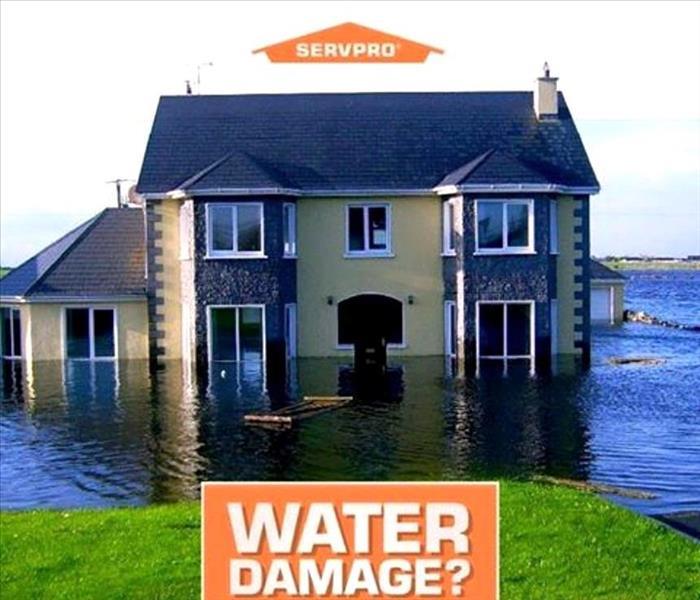Important Information - Water Damages at SERVPRO of DTT
10/19/2016 (Permalink)
 Call SERVPRO of DTT at your first sign of a water damage at 662-349-6500! Our goal is to make it "Like it never even happened."
Call SERVPRO of DTT at your first sign of a water damage at 662-349-6500! Our goal is to make it "Like it never even happened."
In order for SERVPRO Desoto, Tate, and Tunica Counties to start our emergency and restoration service, you must sign the "Service Authorization Form". This allows us to take action immediately. We do not know your insurance coverage; therefore; it is impossible for us to know exactly what your insurance will cover. it is important to understand you are financially responsible for our services. Your deductible is payable before we start work. If for any reason insurance coverage cannot be verified at the time of our emergency service, and additional deposit may be required.
HOW WE PROCEED:
The following steps may be completed in the emergency service, as determined to be applicable by SERVPRO of DTT:
- Identify Source: We will check for the source of moisture in your building. The source must be stopped before any restoration or drying of the building can be successful.
- Identify Water Type: We will identify the category and classification of water damage to ensure we restore your property based on industry guidelines. The level of contamination of the water will affect the specific restoration processes we use. Those levels include clean, grey, or black water.
- Survey Extent of Damage and Inspect the Premises: We inspect and test the damaged area to determine the extent of damage and how far the moisture has traveled to ensure proper and complete restoration. In addition, we will inspect for safety concerns which may be evident. If there are any safety issues or you are aware of any asbestos containing materials before our arrival, please bring them to our attention.
- Identify Signs of Visible Mold Growth: Visible mold growth and moldy, musty odors may indicate the source of a moisture or water intrusion. if extensive mold is evident, we will need to consult your adjuster or property manager before completing additional work.
- Furniture Moved and Blocked in Place: We move furniture and property contents and block items to help prevent rust or furniture stains on wet carpet.
- Emergency Water Extraction: We remove as much excess water as possible from affected areas.
- Carpet Pad: We check whether the carpet pad should be removed to save or protect the subfloor.
- Treatments: Our process may utilize deodorizers as odor treatments or EPA-registered disinfectants as antimicrobial treatments.
- Disposal: We will remove and dispose of damaged materials with guidance from you and your adjuster.
- Floor and Wall Inspection: We check the extent of wet flooring, subfloors, and walls.
- Carpet: We examine carpet for damages and remove damaged carpet with guidance from you and your adjuster.
- Measure Temperature/Humidity for Drying Analysis: We monitor the temperature and humidity levels to make sure conditions are conductive for drying.
- Equipment: Drying equipment removes moisture and brings the relative humidity level back to normal. We monitor moisture in we materials until the materials return acceptable drying goals.

 24/7 Emergency Service
24/7 Emergency Service